Reduced Water
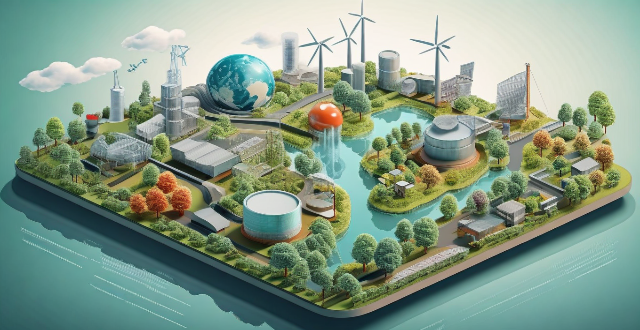
What are the potential economic impacts of increased climate variability ?
This article discusses the potential economic impacts of increased climate variability on various sectors, including agriculture, water resources, energy, and tourism. It highlights how changes in weather patterns can lead to reduced crop yields, increased input costs, loss of biodiversity, droughts and floods, reduced water availability, higher demand for cooling systems, altered tourist destinations, and extreme weather events. The article emphasizes the importance of recognizing these potential impacts and taking steps to mitigate them through sustainable practices and adaptation strategies to build a more resilient economy that can withstand the challenges posed by a changing climate.
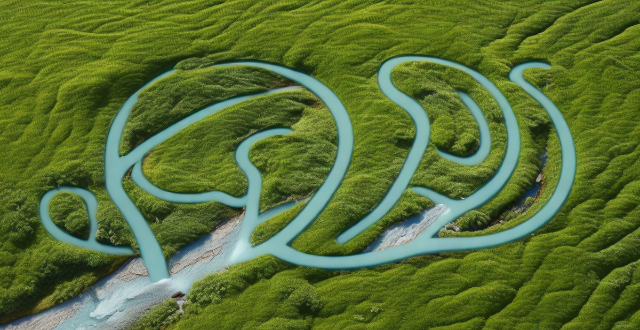
In what ways do dams and reservoirs affect downstream water ecosystems ?
Dams and reservoirs significantly alter downstream water ecosystems by changing water flow, trapping sediments, disrupting nutrient cycles, fragmenting habitats, and affecting biodiversity.

How does climate change impact water resource management ?
Climate change significantly impacts water resource management by altering precipitation patterns, increasing evaporation rates, and changing runoff patterns. These changes lead to more variable rainfall, prolonged droughts or intense flooding, reduced snowpack, and earlier spring runoff, among other effects. To adapt, strategies such as water conservation, infrastructure upgrades, integrated planning, ecosystem restoration, and improved monitoring and forecasting are essential for ensuring sustainable water resources amidst a changing climate.
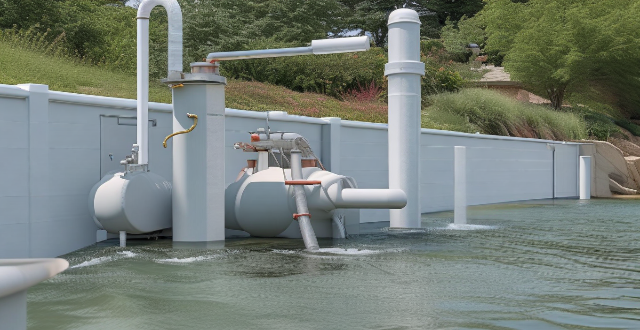
How can the energy sector reduce its water footprint through innovations in technology ?
The energy sector's substantial water consumption is a concern for sustainable development. Technological innovations, such as efficient cooling systems, advanced water treatment, renewable energy integration, smart water management, waste heat recovery, and improved desalination methods, can help reduce the sector's water footprint. These innovations offer benefits like resource conservation, cost efficiency, and reduced environmental impact, ultimately contributing to global water security.
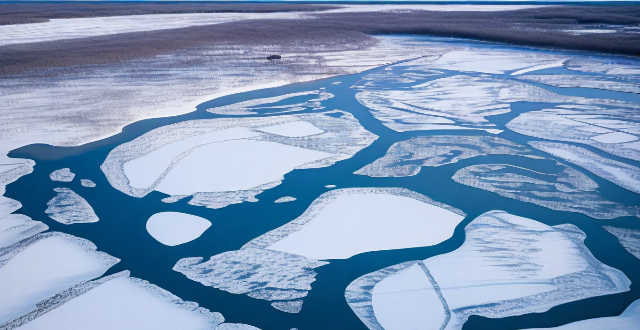
How is climate change affecting global water resources ?
The impacts of climate change on global water resources include reduced availability due to melting snowpack and glaciers, more frequent droughts and floods, saltwater intrusion into coastal aquifers, and changes in runoff patterns. Water quality is also affected by warmer water temperatures leading to harmful algal blooms, acid rain from increased carbon dioxide levels, pollutant transport from heavy rainfall events, and eutrophication from nutrient loading. The distribution of water resources is impacted by increased water stress in arid regions, migration and displacement of people seeking reliable water sources, strain on infrastructure from extreme weather events, and disruption of aquatic ecosystems due to altered flow regimes. Addressing these challenges requires both mitigation efforts to reduce greenhouse gas emissions and adaptation measures to build resilience against the impacts of climate change on water resources.
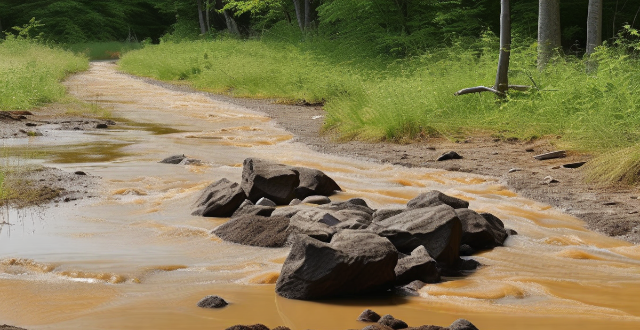
How does deforestation contribute to water cycle disruption ?
Deforestation contributes to water cycle disruption through soil erosion, surface runoff, and groundwater depletion. This leads to droughts, flooding, pollution, water scarcity, and climate change. Sustainable forest management is crucial to mitigate these effects.
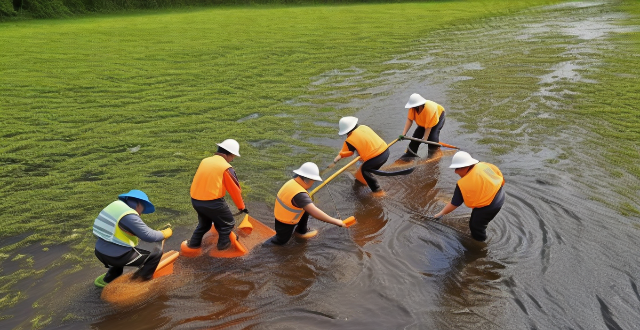
What are the most effective strategies for managing water resources during droughts ?
Effective strategies for managing water resources during droughts include rainwater harvesting, water conservation, reusing wastewater, and public awareness campaigns. Rainwater harvesting helps reduce dependence on groundwater and surface water sources, while water conservation practices such as fixing leaks and using low-flow fixtures can significantly reduce water consumption. Reusing treated wastewater for non-potable purposes also helps conserve freshwater sources. Public awareness campaigns play a crucial role in educating people about the importance of water conservation and encouraging them to adopt efficient practices and technologies. By adopting these strategies, we can minimize the impact of droughts on people, agriculture, and the environment while ensuring sustainable water management for future generations.

How effective are large-scale water transfer projects in alleviating water scarcity ?
Water scarcity is a global issue, and large-scale water transfer projects aim to alleviate it by transporting water from areas with abundant resources to those with scarce ones. These projects can increase water availability, diversify water sources, and provide environmental benefits such as restoring depleted aquifers and wetlands. However, they also face challenges like high costs, negative environmental impacts, and social and political issues. To maximize the benefits of these projects while minimizing their drawbacks, careful consideration of their potential consequences and involvement of all relevant stakeholders in the decision-making process are essential.

How can we improve water resource management in our community ?
The article discusses the importance of water resource management in our community and suggests various strategies to improve it. These include raising awareness through educational campaigns, implementing water-saving measures like fixing leaks and using low-flow fixtures, upgrading infrastructure such as wastewater treatment plants, promoting sustainable practices like xeriscaping and green roofs, and fostering collaborative efforts among different stakeholders. By adopting these approaches, we can ensure the long-term availability of clean water while protecting the environment.

What are the key challenges in managing water resources sustainably ?
Managing water resources sustainably is a complex task that involves various challenges, including climate change, population growth and urbanization, pollution and degradation of water bodies, overexploitation and unsustainable use, inadequate governance and policy frameworks, economic and financial constraints, social and cultural factors, technological limitations, ecological considerations, and international water sharing. Addressing these challenges requires a combination of technological innovation, policy reform, public education, and international cooperation. Sustainable water management is not only about ensuring enough water for current needs but also about preserving this vital resource for future generations.
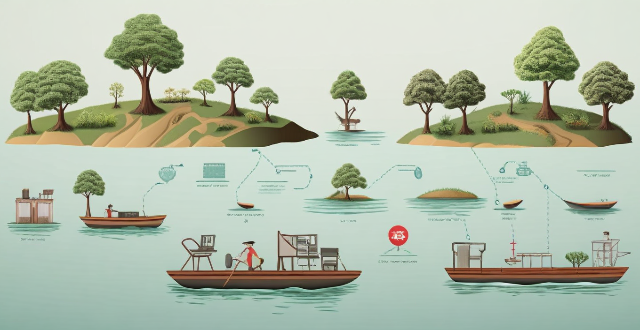
What is the potential of rainwater harvesting as a supplement to traditional water supplies ?
Rainwater harvesting offers environmental, economic, and water security benefits. It reduces runoff and replenishes groundwater. Economically, it saves on utility bills and provides a backup supply. During droughts or emergencies, harvested rainwater is a crucial resource. While generally cleaner than treated municipal water, it may require filtration. Communities can reduce urban heat island effects and raise awareness through rainwater projects. Challenges include legal restrictions and initial costs. Successful implementation requires proper design, maintenance, and pest management.

How does climate change affect water resources and availability ?
Climate change affects water resources and availability through melting glaciers, changes in precipitation patterns, sea level rise, increased evaporation rates, and impacts on ecosystems. These impacts can lead to water scarcity, flooding, contamination of freshwater sources, and declines in biodiversity. To mitigate these effects, it is important to reduce greenhouse gas emissions and implement adaptation strategies such as improved water management and conservation measures.
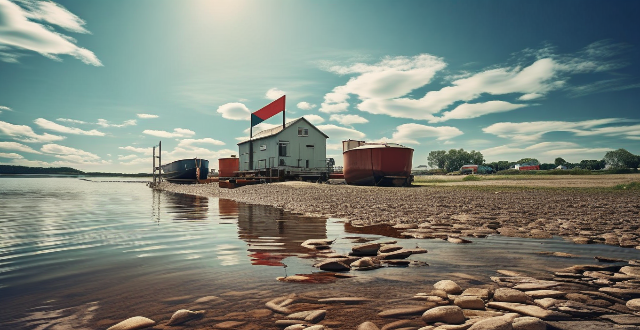
How can we balance economic development and water resource protection ?
Water resources are crucial for economic development but must be protected to ensure sustainability. Strategies for balancing these goals include prioritizing sustainable practices, implementing regulatory measures, fostering collaboration and partnerships, investing in infrastructure and technology, and educating and creating awareness. By adopting these approaches, we can achieve a balance between economic growth and water conservation, ensuring long-term sustainability for all.
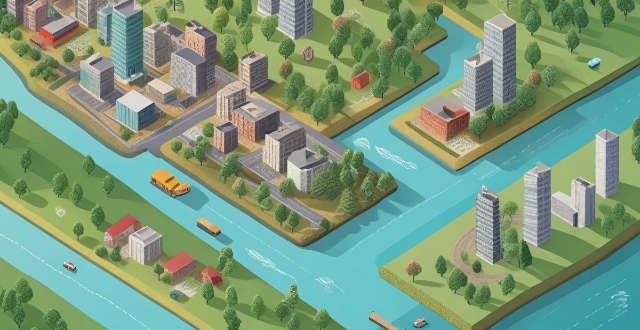
How do changes in precipitation patterns influence urban drainage and water management systems ?
Changes in precipitation patterns, often linked to climate change, have significant implications for urban drainage and water management systems. These alterations can lead to increased frequency and intensity of storm events, which places a strain on existing infrastructure and necessitates adaptation strategies. Key considerations include increased storm intensity and frequency, the urban heat island effect, runoff management, water quality concerns, and ecosystem impacts. Strategies for adaptation include green infrastructure, rainwater harvesting, decentralized water management, stormwater regulations, integrated water resource management, smart technology, community engagement, and sustainable drainage systems. The shifts in precipitation patterns demand a comprehensive approach to urban drainage and water management that emphasizes resiliency, sustainability, and adaptability. By integrating innovative technologies, green infrastructure, and community participation, cities can better cope with these changes and safeguard their environments and populations from the adverse effects of extreme weather events.

What are some effective strategies for teaching water safety to children ?
Water safety is an essential skill that every child should learn, especially during the summer months when they are more likely to be around water. Here are some effective strategies for teaching water safety to children: Start early, set clear rules, use visual aids, practice makes perfect, role playing, stay close and supervised, teach risk assessment, and be a good example.
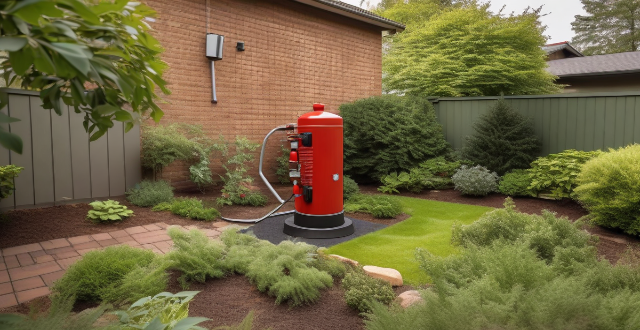
How can I reduce my electricity and water bills ?
To reduce electricity and water bills, one should switchTo reduce electricity and water bills, one should switch, adjust habits like turning off install water-saving fixtures, change bathroom habits, optimize garden watering, and be efficient with laundry and dishes.

How does climate change affect the quality and availability of drinking water ?
This article discusses the various ways in which climate change affects the quality and availability of drinking water, including changes in precipitation patterns, melting glaciers, sea level rise, temperature increase, extreme weather events, and wildfires. It also explores adaptation strategies such as water conservation measures, infrastructure improvements, protection of water sources, and policy and regulation to mitigate these risks and ensure a sustainable water future for all.

How do I overcome my fear of water and learn to swim ?
Overcoming a fear of water and learning to swim is a process that requires patience, persistence, and the right approach. Here's how you can do it: identify the source of your fear, gradually expose yourself to water, find a supportive instructor, start with basics in shallow water, progress slowly, use relaxation techniques, set realistic goals, celebrate small victories, join a swimming group or class, and always prioritize safety.

What are some tips for reducing water consumption at home ?
Reducing water consumption at home can be achieved through various methods, including fixing leaks, installing water-saving fixtures, using efficient appliances, changing habits, being smart with gardening, and monitoring usage. By checking for drips, tightening fixtures, upgrading to low-flow toilets and showerheads, using Energy Star washers and dishwashers, turning off the tap while brushing teeth or shaving, watering the garden in the morning, and regularly reading the water meter, households can save money on utility bills and contribute to a more sustainable environment.

Are AirPods waterproof or water-resistant ?
This text discusses the water resistance of Apple's AirPods, highlighting that the original and second-generation models have no official water resistance rating, whereas the AirPods Pro and third-generation models carry an IPX4 rating for water resistance. It explains the meaning of the IPX4 rating, offers safety precautions to protect AirPods from water damage, and concludes by emphasizing that AirPods are not completely waterproof.

How do I implement water conservation measures at home ?
Water conservation is crucial for sustaining the environment and ensuring future generations have access to clean water. Here's how you can implement water conservation measures in your home: identify areas of water consumption, repair leaks promptly, collect rainwater, educate family members, and regularly review your habits. By implementing these measures, you can significantly reduce your home's water usage and contribute to a more sustainable future for our planet.